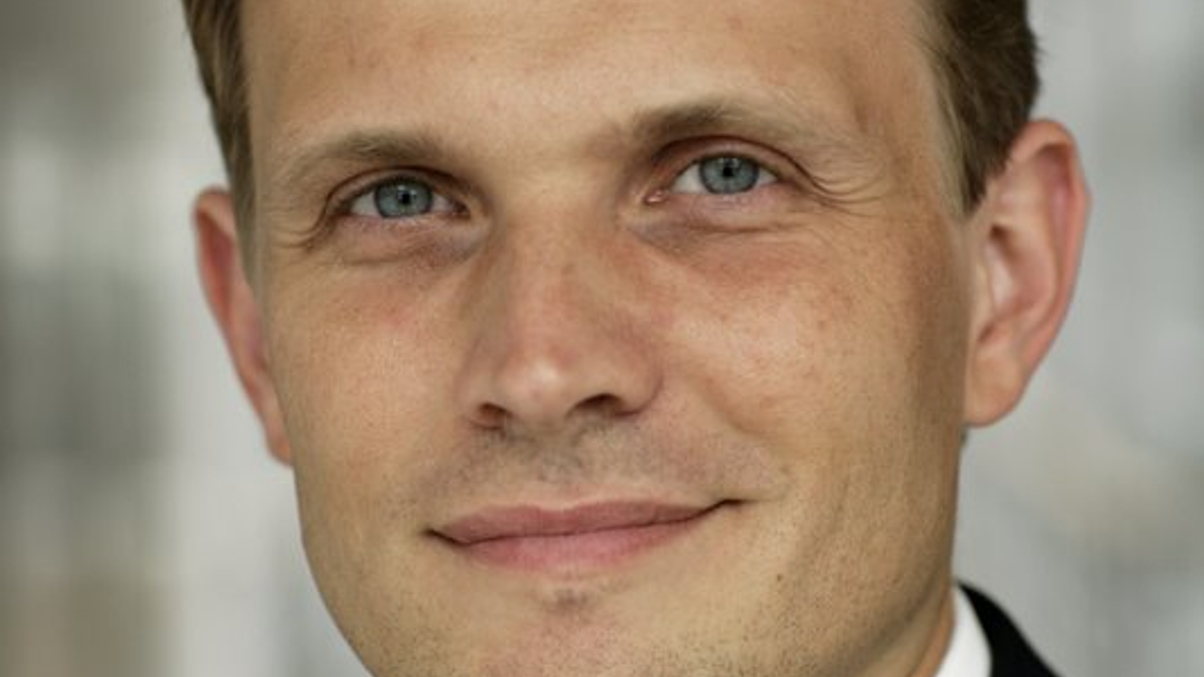Eurex says more Asians are trading European markets

Volumes generated from Asian users of Eurex rose 95% in the first half of 2010, compared to the same period last year, and a big driver of this was growing algorithmic trading volumes from small prop-trading firms, according to Eurex.
Algo trading has become more important, with its share of overall volume rapidly increasing in recent years, the exchange reports.
Coupled with that is a growing trend for Asian traders to use Eurex remotely to trade futures and options based on European stocks, euro-denominated long government bonds as well as European equity indices.
Eurex considers the Asia-Pacific region a significant market in terms of building links and offering key products to a broader customer base.
For example, it launched a partnership with Korea Exchange (KRX) on August 30, which allows trading of Kospi 200 options on Eurex during European and North American trading hours. Cooperation agreements have also been announced with the Singapore Exchange (SGX) and Bombay Stock Exchange (BSE).
Companies such as Eurex Clearing, one of the world’s largest central counterparties (often referred to as CCPs), are becoming increasingly vital cogs in global financial markets.
However, the future regulation of CCPs is under close scrutiny in the US and Europe
This action stemmed from an agreement by the G20 leaders in 2009 that all standardised over-the-counter (OTC) derivatives should be traded on exchanges or electronic trading platforms, where appropriate, and cleared through CCPs by the end of 2012 at the latest.
CCPs have played and will continue to play a more prominent role in increasing market integrity, says Thomas Book, a member of the Eurex executive board responsible for the European exchange’s clearing business. However, as reform efforts in Europe continue, one issue that must be addressed is safeguarding against regulatory arbitrage on a global scale, he adds.
The G20 reports indicate an intention to strengthen the role of CCPs, so as to limit the risk in OTC derivatives.
Ensuring market safety is the most pressing challenge, says Book. One of the ways Eurex Clearing does this is by calculating risk data in real time. “In the world of high-speed trading, risk management cannot be done at the end of the day, but on a constant basis,” he says. “This is crucial in dealings with high-frequency traders.”
Eurex Clearing also offers pre- and post-trade limits, as well as setting a maximum number of trades in specific time frames. It also has a ‘stop button’ that allows clearing members to cut off non-clearing members (NCMs) from entering trades in the order book in case of an emergency.
Book says Eurex Clearing aims to be one of the industry’s benchmarks in terms of the way it operates. It was established in the 1990s for the German market and has expanded to incorporate most major markets in Europe.
Eurex Clearing serves 114 clearing members and manages a collateral pool of around €45 billion. In 2009, Eurex Clearing processed more than 1.8 billion transactions, making it the largest CCP in Europe.


